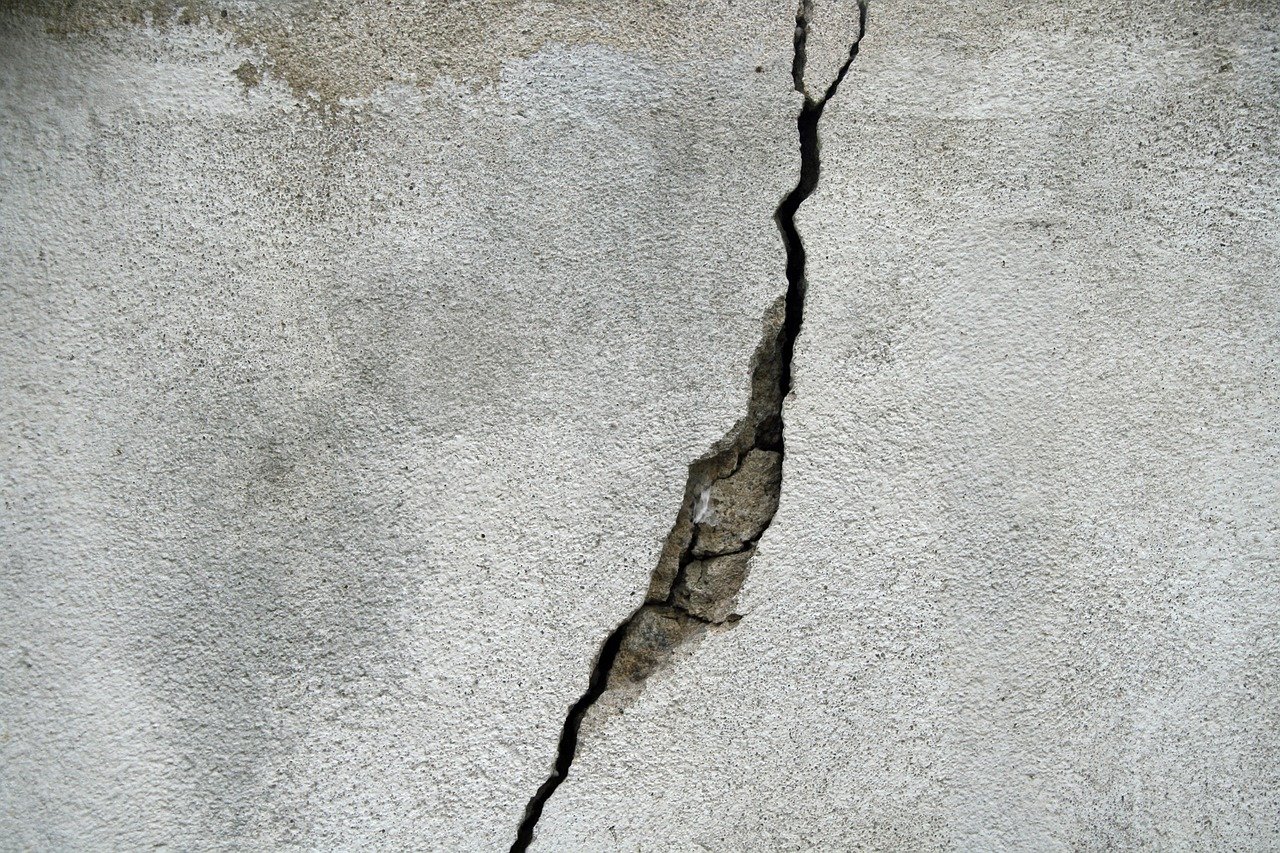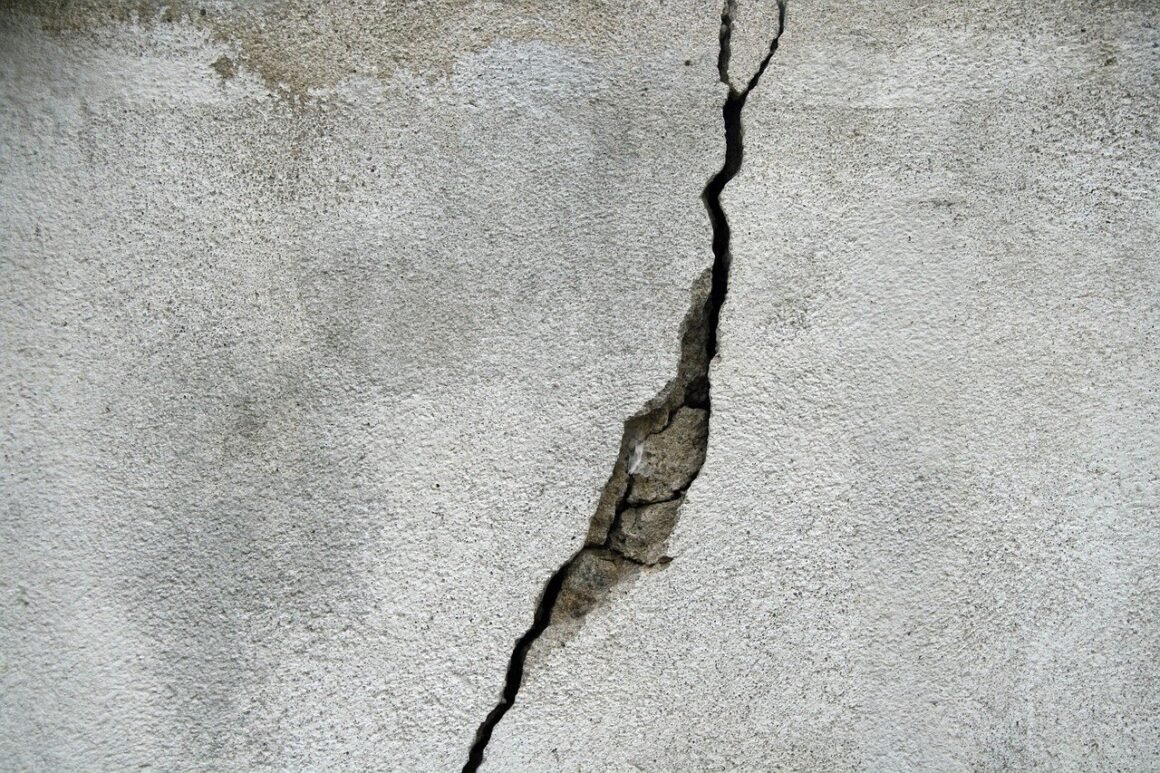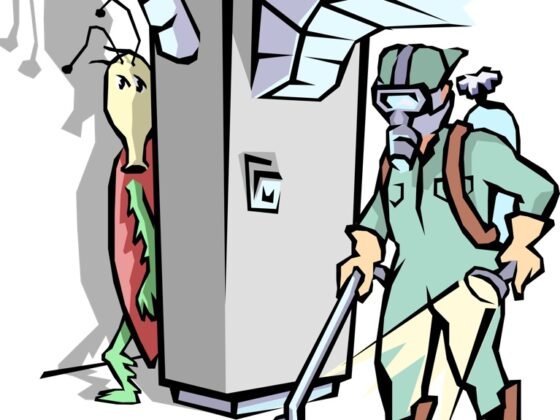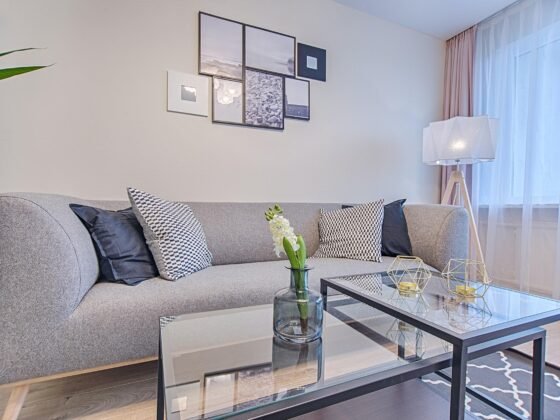Table of Contents Show
It is so annoying to spot a cracked wall even before the paint is fully dry.
Nevertheless, minor wall cracks are nothing much to stress about since you can solely fix them at home. But the big question still lingers why are my walls cracking in Adelaide?
By simply searching for DIY wall crack repairs, you can get a wide variety of solutions depending on the wall crack type. Thanks to most of these DIY methods, you can entirely use the tools and materials available in your home, saving you money and time.

But if you notice a wall crack that is cutting through the rest of the bricks and moving deeper – 1/4 inch wider and deeper, you need to call for professional assistance.
Here is what you need to do to fix a cracked wall.
What You Need When Fixing a Drywall
A drywall is among the types of walls that you can quickly fix at home during the weekend using available resources. All you need to repair cracked drywall include:
- A utility knifes
- A joint compound
- A paper tapes
- A mesh joint tape
- Paint
- Sanding block.
- First, you need to have a utility/Stanley knife; once you have it, cut a V-notch of roughly 0.64 cm to 0.32 cm adjacent to the crack. Once you have completed step one, remove all the material you’ve cut through.
- Now you have a small void space that needs to be covered. Whichever you have at home, between a paper tape and a mesh joint tape, you can use either of them with a drywall-joint compound.
- At an average of three coats, apply the joint compound to the crack, spreading approximately 2 inches to the mesh or paper tape sides. Depending on the joint compound you have used, it will take a day or less to dry.
- After this, you sand the area to be smooth to merge with the rest of the walls’ uniformity and then paint it.
What You Need When Fixing a Concrete Wall
- A hammer
- A chisel
- A wire brush/ flat head screwdriver /air compressor
- A towel/rag
- A vacuum
- Old paintbrush
- A concrete bonding adhesive
- A putty Knife/ pointed trowel
- A brush
Here are steps to follow to fix a cracked concrete wall.
- The first step is to increase the surface area around the crack. Using a chisel and a hammer, chip the concrete one inch beneath the wall crack’s sides, creating more space for the patching substance to grasp.
- Using your wire brush/ flat-head screwdriver /air compressor whichever you have, clear out dirt, grime, and pieces of concrete from the wall crack.
- Get rid of all the remaining bits of concrete by using water and drying the crack with a dry rag.
- Using an old paintbrush apply a thin layer of concrete bonding adhesive to the clean area.
- Using a putty Knife/ pointed trowel, smear many layers of concrete patching until it aligns with the rest of the wall by squeezing each coat into the wall crack and letting it dry.
- Before it fully dries, use your brush or stiff broom to add a rough texture.
What You Need When Fixing a Plaster Wall Crack
- A putty Knife
- A setting type compound
- Fiberglass mesh tape
- A taping Knife
- Sandpaper
- Professional assistance
A Step by Step Guide to Fixing a Plaster Wall
- First, check the wall by pressing the cracked area to confirm whether it crumbles. If you find it easy to squeeze through the cracked space, then the lath is weakening – the foundation of a plaster wall. Fixing the area will require the help of an experienced builder.
- Using your putty knife, enlarge the crack to create enough surface area for the setting type compound to hold onto the wall.
- Spray the crack with drizzles of water to get rid of all remaining pieces of particles and facilitate the compound to grip better.
- Using your taping knife, smear a sheer layer of setting- type compound across the crack.
- Using your fiberglass mesh tape squeeze it into the wet compound over the crack and let it dry.
- With a consistency of 2 inches from your previous layer, apply three coats of compound over the taped area, texturize it using your sandpaper and let it dry.
- Lastly, using your paint and paintbrush, paint over the patched area, ensuring it is smooth and joins with the rest of the wall.
N/B: When fixing plaster walls, use a setting-type compound rather than a drywall compound because it is more challenging and can fasten the plaster firmly.










